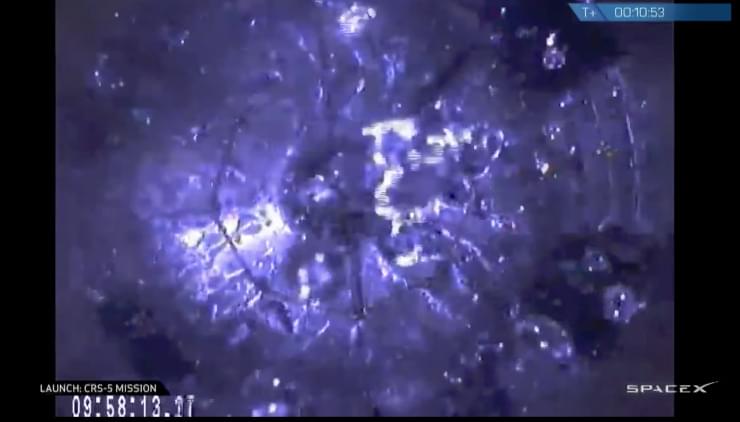The craft is about to get very acquainted with an intriguing lunar orbit.
CAPSTONE is about the size of a microwave oven, but it’s blazing a trail for Artemis and NASA’s next crewed space station.
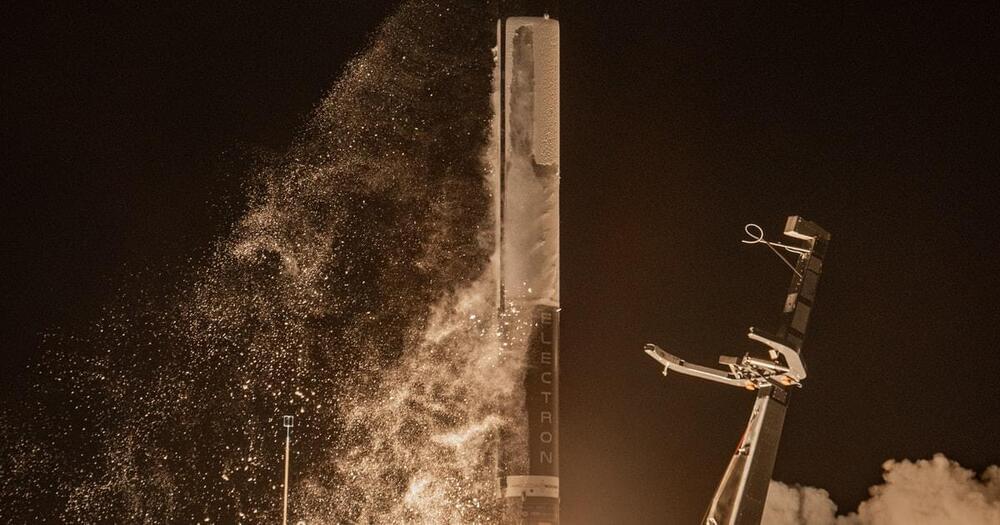
Watch the launch from New Zealand of CAPSTONE, a new pathfinder CubeSat that will explore a unique orbit around the Moon!
The Cislunar Autonomous Positioning System Technology Operations and Navigation Experiment, or CAPSTONE, will be the first spacecraft to fly a near rectilinear halo orbit (NRHO) around the Moon, where the pull of gravity from Earth and the Moon interact to allow for a nearly-stable orbit. CAPSTONE’s test of this orbit will lead the way for our future Artemis lunar outpost called Gateway.
CAPSTONE is targeted to launch at 5:55 a.m. EDT (9:55 UTC) Tuesday, June 28 on Rocket Lab’s Electron rocket from the company’s Launch Complex 1 in New Zealand.
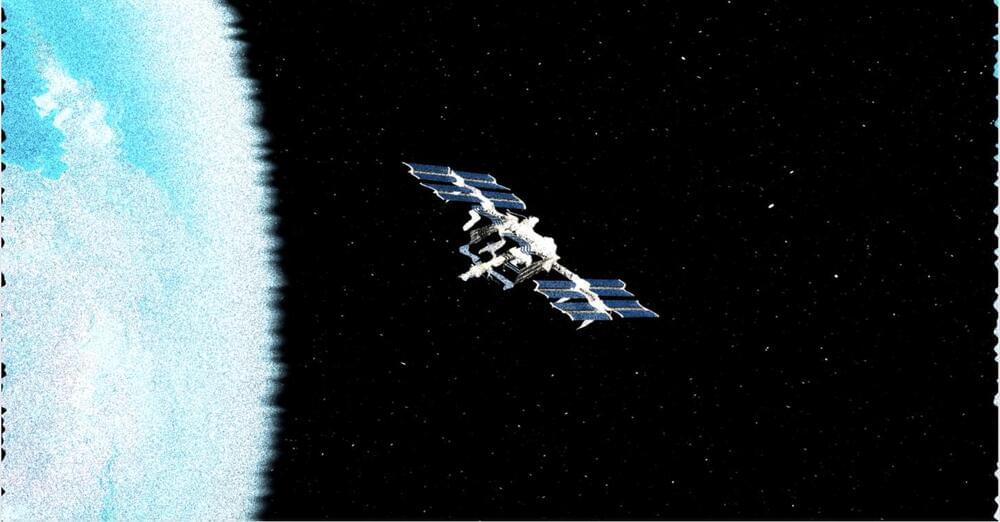
Most folks probably don’t think of satellites as capable of sinking, but according to the European Space Agency they can and do.
Space news site Space. com reported Thursday that ESA scientists had to raise the Swarm constellation satellites, which measure Earth’s magnetic field, because they were sinking in chaotic space weather.
“In the last five, six years, the satellites were sinking about two and a half kilometers [1.5 miles] a year,” Swarm mission managerAnja Stromme, ESA’s told Space.com. “But since December last year, they have been virtually diving. The sink rate between December and April has been 20 kilometers [12 miles] per year.”
👉For business inquiries: [email protected].
✅ Instagram: https://www.instagram.com/pro_robots.
You are on PRO Robots channel and in this video we present news of high technologies. Live-skinned robo-opalester, working prototype of the Tesla Bot robot, dream robot of Boston Dynamics founder Mark Rybert, serial launch of Cybertruck and the first jet-powered flying motorcycle! Watch all the most interesting high-tech news in one issue!
0:00 Intro.
0:24 Robo Finger with Live Skin.
1:36 Elon Musk promised to showcase Tesla Bot in September.
2:43 Tesla Cybertruck.
3:48 Speeder P2 Jet Pack.
4:45 ANYmal robot, which on wheels moves better and more carefully.
6:03 China Introduced Artificial Intelligence for Military.
6:28 For the second time, NASA has installed its Lunar Mission SLS rocket.
6:55 Aerotaxis eVTOL VoloConnect.
7:23 Prosperity I Apparatus.
8:12 Pizzaiola robot chef.
8:50 Raspberries assembled by robots.
9:36 GRoW and MetoMotion will make their debut at GreenTech Amsterdam 2022
10:06 Delivery of pizza by drones becomes a reality.
10:37 Car Jidu Robo-1
11:44 Geely recently launched its own unmanned vehicle navigation satellites.
12:06 Robot for manicure.
#prorobots #robots #robot #futuretechnologies #robotics.
More interesting and useful content:
✅ Elon Musk Innovation https://www.youtube.com/playlist?list=PLcyYMmVvkTuQ-8LO6CwGWbSCpWI2jJqCQ
✅Future Technologies Reviews https://www.youtube.com/playlist?list=PLcyYMmVvkTuTgL98RdT8-z-9a2CGeoBQF
✅ Technology news.
https://www.facebook.com/PRO.Robots.Info.
#prorobots #technology #roboticsnews.
The need to find alternative sources for fertilizer have become urgent as chemical fertilizer shortages from the Ukrainian war threaten countries globally.
A Chinese military analyst suggested countermeasures for the Starlink satellite system developed by Musk’s SpaceX – including ways to hack or destroy the service.
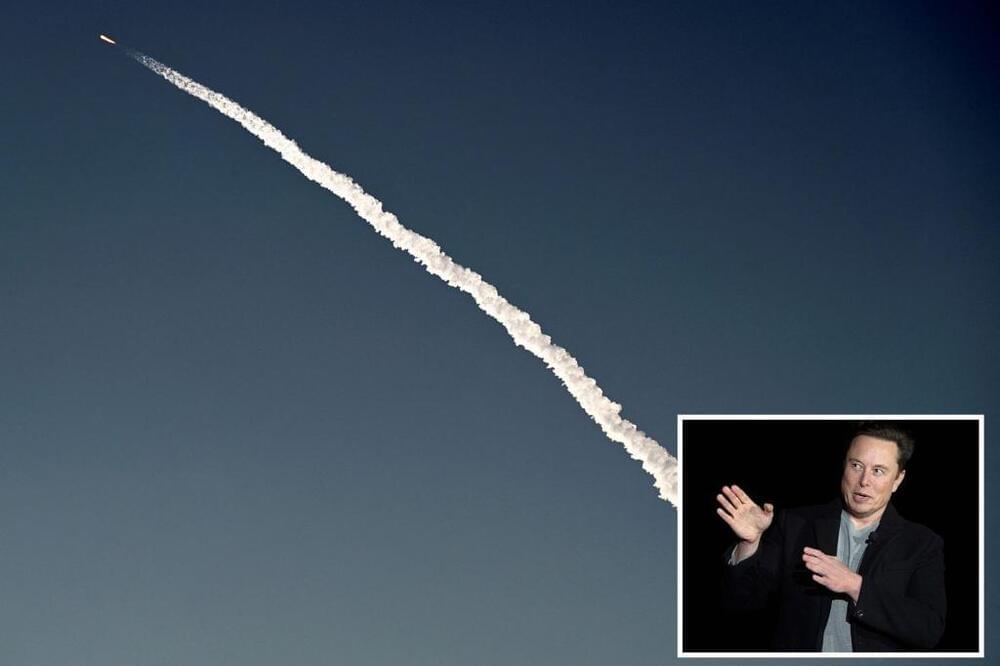
😳!
A Chinese military analyst suggested that Beijing should develop countermeasures for the Starlink satellite system developed by Elon Musk’s SpaceX — including ways to hack or even destroy the service during a time of conflict.
In a recent paper published in a China-based academic journal called Modern Defense Technology, analyst Ren Yuanzhen argued that China’s military needs to develop the capability of tracking each of the thousands of satellites set to comprise the Starlink constellations in the coming years.
Ren’s paper noted that Starlink could be a key resource for the US military, both as a means of providing internet connectivity for troops and as a source of intelligence through satellite imagery.

Saltzman, the service’s deputy chief of space operations, cyber and nuclear, envisions a future testing and training enterprise where space operators can connect virtually to practice tactics and new satellites and sensors are assessed in realistic simulated environments to make sure they’re working as designed.
“We don’t really have that ability to connect those things together,” Saltzman said during a recent Defense Writers Group event. “If you think about connection of simulators, if you think about that virtual range where those simulators plug in so they’re in an operational environment so they can see each other in a virtual sense — that’s kind of the next generation of training.”
The Space Force is on a path toward creating a National Space Test and Training Complex that could make Saltzman’s vision a reality. The service released its Test Enterprise Vision in May, identifying the NSTTC as a key enabler for space system and operator readiness.

WASHINGTON — The Space Development Agency wants to buy 10 satellites to support a new on-orbit experimentation effort.
The agency released a draft solicitation June 3 for the National Defense Space Architecture Experimental Testbed, or NExT, seeking a satellite provider to integrate government-provided payloads onto 10 satellites that SDA will use to test new capabilities.
The testbed will support SDA’s vision of creating a constellation of hundreds of satellites operating in low Earth orbit and is on track to launch the first of those systems this fall. While the initial solicitation will be for 10 satellites, an SDA official told C4ISRNET June 14 the agency expects NExT to provide an “enduring” test and experimentation capability. The official spoke on background to freely discuss the program.
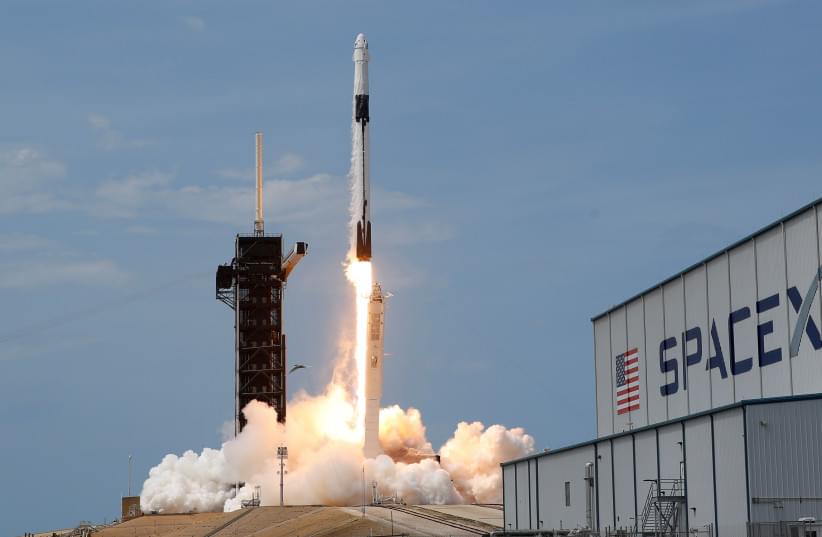
The US Transportation Command, or USTRANSCOM, are a Pentagon office tasked with transporting cargo to American global military assets, announced that it was partnering with SpaceX to examine the feasibility of quickly blasting supplies into space and back to Earth rather than flying them through the air.
SpaceX is already functionally a defense contractor and has launched American military satellites and recently bolstered Ukrainian communication links with Starlink.
Practical uses
Three examples of potential “DOD use cases for point-to-point space transportation,” were presented in the document.
